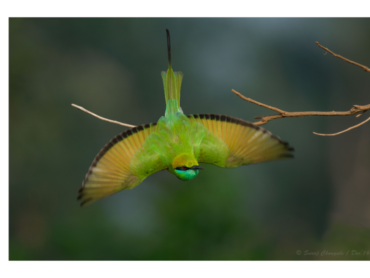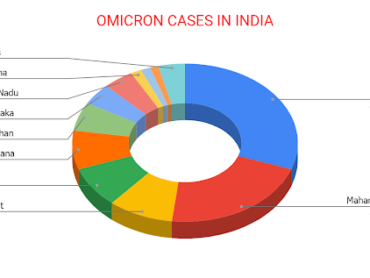The year began on a sad note for the worlds smallest continent Australia with its bushfires that continued to ravage its Southern and South-Eastern regions burning since the past few months.
The country known for its indigenous flora and fauna is also known for its indigenous wild bushfires that wreak havoc in the region each year. However, things were different this year. The Australian bushfires engulfed over 12 million hectares of land and wiped out over 1 billion animals. The heart-wrenching images of burnt koalas and kangaroos surfaced all over the internet, with people trying their best to save their animal friends from the devastation. The burning fires also destroyed homes and business in nearby towns but there has been a minimal loss of life as compared to the wildlife, some of who have probably been wiped out completely.
What has happened in Australia maybe a regular yearly event for them, but this year’s bushfires are an eye-opener to the world at large about what climate change can do! Be it the likes of Great Thunberg or the numerous petitions and pleas filed about taking climate change seriously, believe it or not, IT IS TIME TO ACT!
To put it in perspective, it is scary to note that the amount of land that has been destroyed is a lot bigger than many Indian states. Many regions in the world, including India, share similar climatic conditions like those found in Australia. The proof to this is the California wildfires and the Amazon wildfires. Closer home in India, such large scale forest fires are less likely due to our depleting forest cover. Our forests are fragmented, but that doesn’t rule out the possibility of massive loss of our flora and fauna. Here are a few things we must learn from the Australian bushfires –
- Climate crisis is real and the time to act on it is NOW
- Assess and appropriately deploy forest fire management systems
- Development of newer methods of fighting forest fires
- Step back and evaluate our forestry practises
- Do our best to control global warming and employ practises at individual, societal and governmental levels to do so










